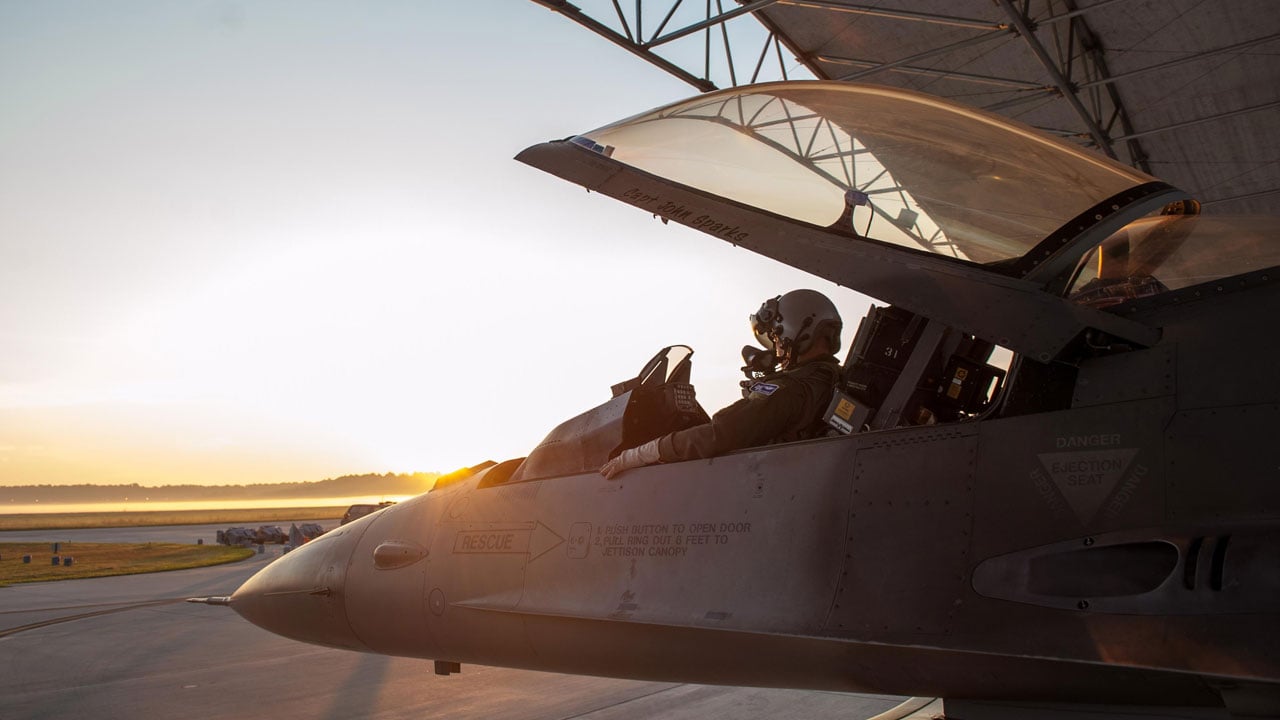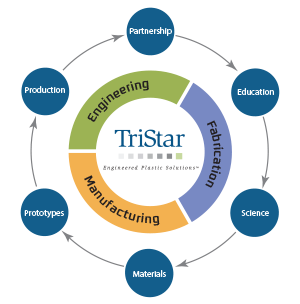
The U.S. defense industry has been supporting the brave men and women of our armed forces for over 240 years! For a look at the historical development of U.S. arms production, please see our blog post here. In this article, we provide a high-level overview of the defense industry today, including its key market segments, top OEMs, and overall performance in the marketplace.
Defense Industry Structure and Market Segments
According to the GAO, the U.S. defense industrial base contains over 200,000 different companies. This diverse industry includes everything from massive global aerospace manufacturers, to 3D printing startups, to boutique shops manufacturing small-run equipment for special forces applications.
Note that in many cases, economic statistics treat the defense industry and aerospace industry as a combined sector. Many defense OEMs also offer solutions for civilian aviation, and global manufacturers like Boeing maintain both civilian- and defense-facing businesses (in Boeing’s case, the former McDonnell Douglass). In fact, the post-COVID slowdown in civilian aviation led to two largely military OEMs, Lockheed and Raytheon, taking the lead as the largest aerospace/defense companies in the world by revenue for the first time in 2022 (taking over top spots long held by Boeing and Airbus). See our overview of the aerospace industry here. Based on 2022 revenues from defense only, the top 10 defense companies by revenue are:
- Lockheed Martin
- RTX (Raytheon)
- Northrop Grumman
- AVIC (Aviation Industry Corporation of China)
- Boeing
- General Dynamics
- BAE Sytems
- CNGC or Norinco Group (China)
- L3Harris (U.S. defense electronics manufacturer)
- China South
The total U.S. defense and aerospace market generates revenues of over $600 billion annually while supporting over 800,000 direct jobs and 1.6 million supply chain jobs. Reporting from Forbes notes that defense jobs are a critical foundation for the economy of many U.S. states. For example, defense contracts in some years generate nearly 5% of overall GDP in geographies ranging from Alabama to Connecticut.
While PwC notes that the performance of specific programs lead to a dip in defense profits, the coming decade appears set to support a historic boom in defense-related spending—we explain why in our post on defense industry trends here. A number of defense contractors have billions of dollars in order backlogs, and substantial investment may be required to keep up with demand. PwC’s annual report highlights a few large procurement plans that illustrate several major funding sources for defense contractors in the coming years:
- The Future Long-Range Assault Aircraft (FLRAA), intended to replace the venerable UH-60 Black Hawk as a general vertical lift solution for the U.S. Army and Marine Corps, could generate sales (including foreign orders) of up to $70 billion and has been awarded to the Bell V-280 Valor.
- The U.S., U.K., and Australia will spend $368 billion over the next three decades to develop 8 next-generation nuclear submarines for the Australian Navy, dramatically enhancing their capabilities in the Pacific.
- The Northop Grumman B-21 Raider, which recently made its maiden flight, will be rolled out as the Air Force’s replacement to the B1 Lancer and B2 Spirit over the coming decades (the B-52 meanwhile, with TriStar components on board, is still expected to be in service through 2040). The Air Force estimates that it will spend $200 billion or more on its planned fleet of 100 B-21s over the next 30 years.
While these high-budget, large weapons systems may generate the biggest headlines, the United States’ tens of thousands of defense OEMs support a huge variety of projects including everything from electronics and cyber security solutions, to logistics support systems, to battlefield cloud computing.
The thousands of OEMs that comprise the broader defense sector may be categorized as follows:
- Land and sea. The category refers to the broad array of non-armament defense equipment that must stand up to rugged wet/dry operating conditions but is not required to stand up to the unique operational requirements of aerospace equipment.
- Armament, which captures the array of systems used to target, launch, and deploy weaponry. Whether a ground-based system, ship-mounted, or aerial, these systems share common challenges related to sighting, target acquisition, and safe, reliable operation for the personnel deploying the relevant armament.
- Missiles, Space, and Aircraft Equipment. A variety of airborne defense components come with different requirements for weight, temperature resistance, and reliability compared to ground-bound systems. We take a look at aerospace-specific components in our guide here.
Learn More: How the Right Materials Help with Critical Engineering Challenges for Military Components
The TriStar team is proud to play our part supporting the defense industry. We have extensive experience working with defense OEMs to help engineer components for the equipment that helps servicemembers stay safe as they work to protect our country.
For a deeper dive into the biggest challenges for defense industry components (and how TriStar’s high-performance polymers can help solve them) please see our guide here.








